Growing up, I always heard whispers and murmurs about something called “Casteò.” At first, it seemed like just another word in the background noise of daily life.
But as I grew older, I began to realize that Casteò was more than just a term – it was a deeply rooted aspect of society that shaped interactions, perceptions, and opportunities.
Casteò is like a way of sorting people into groups based on things like where they’re born, what job they do, and how much respect they get. It decides who you can hang out with, what jobs you can have, and who you can marry in some societies.
In this article, we’ll delve into the multifaceted topic of Casteò, exploring its historical origins, societal implications, and ongoing efforts towards social equality.
What Is Casteò?
Casteò means dividing society into different groups based on things like family background, job, and how much respect people have. Usually, you’re born into a certain Casteò, and it doesn’t change much during your life.
Casteò affects who you can talk to, who you can marry, and what chances you have for things like education and jobs.
Where Did Casteò Systems Come From – Explore More About Casteò Systems!

Casteò systems have been around for a long time and started in ancient times when people lived in different groups and had different jobs. In India, Casteò systems began a few thousand years ago during a time called the Vedic period.
Back then, society was divided into four main groups: priests, warriors, merchants, and laborers. These groups were called varnas.
The priests, called Brahmins, were at the top, and the laborers, called Shudras, were at the Bottom. Over time, more groups were added based on where people lived, what language they spoke, and what jobs they did. This made the Casteò system more complex.
Religion also played a big part. Religious texts, like the Manusmriti, talked about how people should act based on their Casteò. They also said certain people were pure and others were not, which affected who could do certain things and who couldn’t.
When European countries came to India, they made things even more complicated. They used Casteò to organize people for things like taxes and jobs. This made the divisions between Casteòs even stronger.
Read more: Betterthistechs Article – A Comprehensive Guide!
How Does Casteò Affect Society – Learn How You Can Support Social Equality!
1. Education: Casteò can determine who gets to go to school and how well they do. People from lower Casteòs often have a hard time getting a good education because they face barriers like not having enough money or being treated unfairly at school.
2. Jobs and Money: However, Casteò also decides who gets good jobs and who doesn’t. People from lower Casteòs may struggle to find good jobs and end up working in low-paying jobs that don’t give them much money.
3. Politics: Casteò plays a big role in politics too. Some Casteòs have more power in politics, while others don’t have much say. This can make it hard for everyone to have a fair say in how things are run.
4. Social Life: Moreover, Casteò affects how people interact and who they marry. People often prefer to marry someone from the same Casteò, and there can be a lot of pressure against marrying someone from a different Casteò. Social events and gatherings also tend to be based on Casteò, which can keep people apart.
5. Fairness in Law: Casteò can make it harder for some people to get fair treatment in the legal system. People from lower Casteòs may not get the same protection under the law as others, which isn’t fair.
6. Health: Casteò can even affect people’s health. Some communities face barriers to getting good healthcare because of their Casteò. This means they might not get the help they need when they’re sick.
Can Individuals Move Between Casteòs?

Historically, it’s been tough for people to move between different Casteòs. Your Casteò, or social group, is usually decided when you’re born, and it stays the same throughout your life. But sometimes, people have found ways to move up to higher Casteòs.
One way is through education. When people get a good education, they can get better jobs and status in society. This can help them break out of the roles that their Casteò might limit them to.
Another way is through money. If someone becomes wealthy through business or other means, they might gain more respect and influence, no matter what Casteò they were born into.
Marriage can also play a role. In the past, marrying someone from a different Casteò was rare and often frowned upon. But nowadays, it’s becoming more accepted. When people from different Casteòs marry, it can help break down barriers between them.
Read more: Antiquità – Ancient Artifacts And History!
What Are The Main Varnas In The Indian Casteò System?
The Indian Casteò system traditionally consists of four main varnas, each with its associated roles and responsibilities:
Brahmins:
The Brahmins are considered the highest Casteò in the traditional Indian Casteò system. They are typically priests, scholars, and teachers responsible for religious rituals, spiritual guidance, and intellectual pursuits. Brahmins are expected to maintain purity and uphold religious traditions.
Kshatriyas:
The Kshatriyas are the warrior and ruling class in the Casteò system. They are tasked with protecting society, governing kingdoms, and upholding law and order. Historically, Kshatriyas held positions of power and authority, including kings, princes, and military leaders.
Vaishyas:
The Vaishyas are the merchant and trading class. They are involved in commerce, agriculture, and business activities. Vaishyas play a crucial role in the economy, producing goods, trading commodities, and facilitating economic transactions.
Shudras:
The Shudras are the laborer and artisan class. They perform manual labor, work in fields, and engage in various crafts and trades. Shudras support society through their labor and contribute to the production of goods and services.
Additionally, outside of the traditional varna system, there are groups historically considered outside the Casteò hierarchy, known as Dalits or Scheduled Casteòs.
Dalits have faced social discrimination and exclusion, often performing tasks considered impure or undesirable by higher Casteòs. Efforts to address Casteò-based discrimination and uplift Dalit communities have been ongoing in India.
What Are Some Actions Being Taken To Achieve Social Equality – Join The Movement For Social Equality!

Efforts to make things fair for everyone involve many different actions to stop unfair treatment based on Casteò. These actions help to change the way society sees people, focusing on what they can do and who they are as individuals, rather than their Casteò.
Laws have been made in different places to protect those who have been treated unfairly because of their Casteò. Programs like reservations in schools and jobs aim to give opportunities to those who have been left out in the past. People in communities also work together to raise awareness, organize protests, and ask for new laws to make things more fair.
Education programs teach people to be kind and understanding, while projects to help people find jobs and start businesses give them a chance to improve their lives. Talking openly and respectfully with people from different backgrounds helps everyone to understand each other better.
Read more: Betterthistechs Article – A Comprehensive Guide!
Frequently Asked Questions:
1. How does Casteò affect social interactions and relationships?
Casteò often determines social interactions, particularly in matters of marriage and socializing. Marriages within the same Casteò are preferred, and inter-Casteò marriages may face opposition or stigma. Social gatherings and community events often revolve around Casteò affiliations, reinforcing social boundaries.
2. Are Casteò systems exclusive to India?
While the Indian Casteò system is perhaps the most well-known, similar social stratification systems have existed in other cultures throughout history. Feudal Europe, for example, had a hierarchical system where individuals’ social status was largely determined by birth and occupation.
3. What role do Casteò systems play in modern societies?
In modern societies, Casteò systems continue to influence social dynamics, albeit to varying degrees. While some societies have formally abolished Casteò-based discrimination, informal social hierarchies based on factors like wealth, education, and occupation can still perpetuate inequality.
Conclusion:
Casteò systems represent complex social structures with deep historical roots and significant societal implications. While efforts towards social equality have made progress in challenging Casteò-based discrimination, there is still much work to be done.
By fostering awareness, advocating for marginalized communities, and promoting inclusive policies, societies can strive towards a future where Casteò no longer dictates opportunity or social status.
Read more:

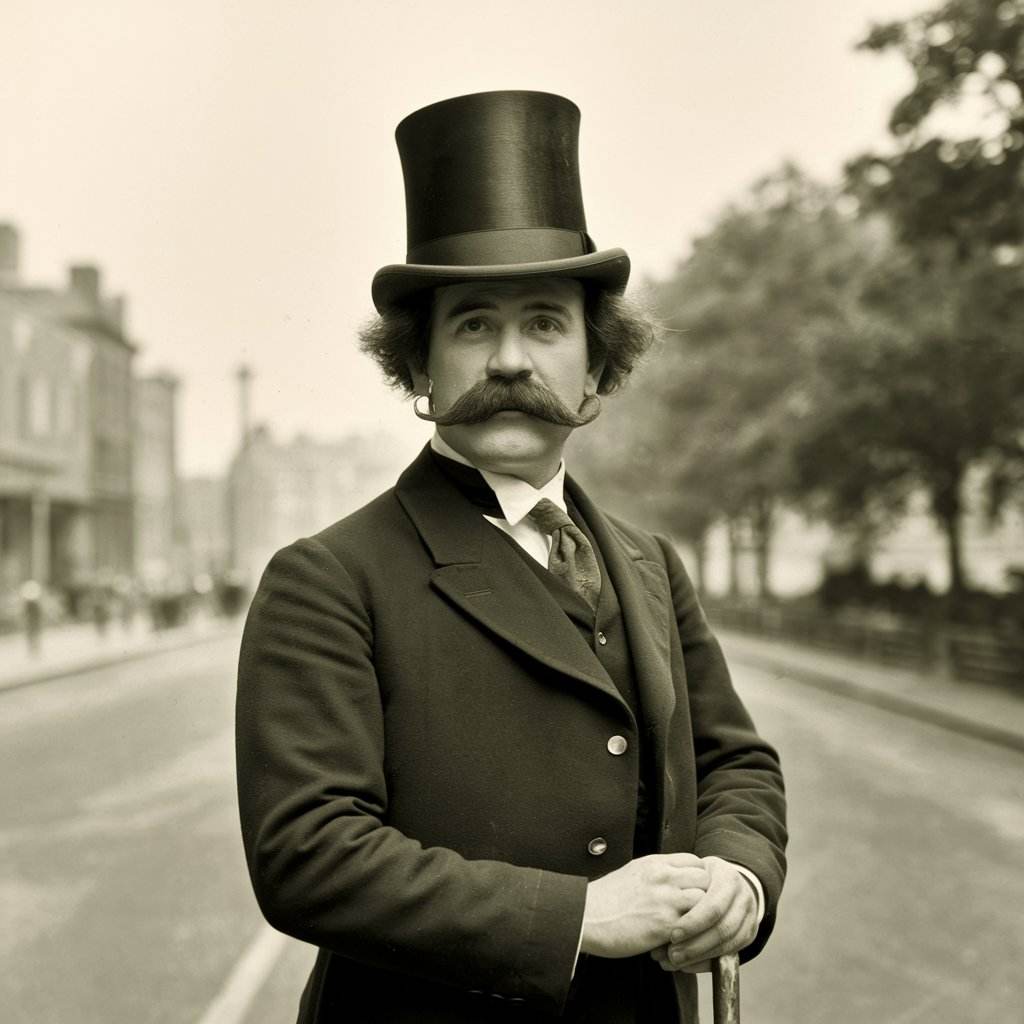

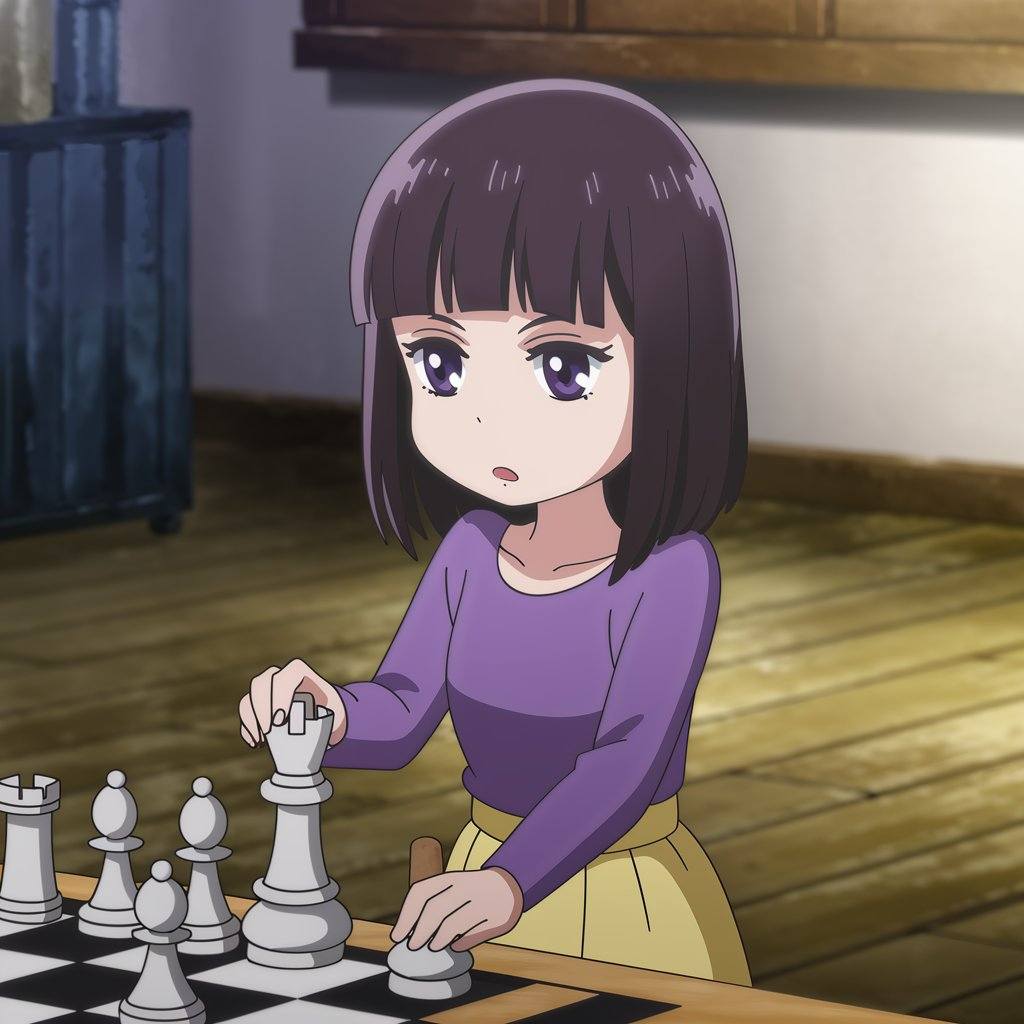
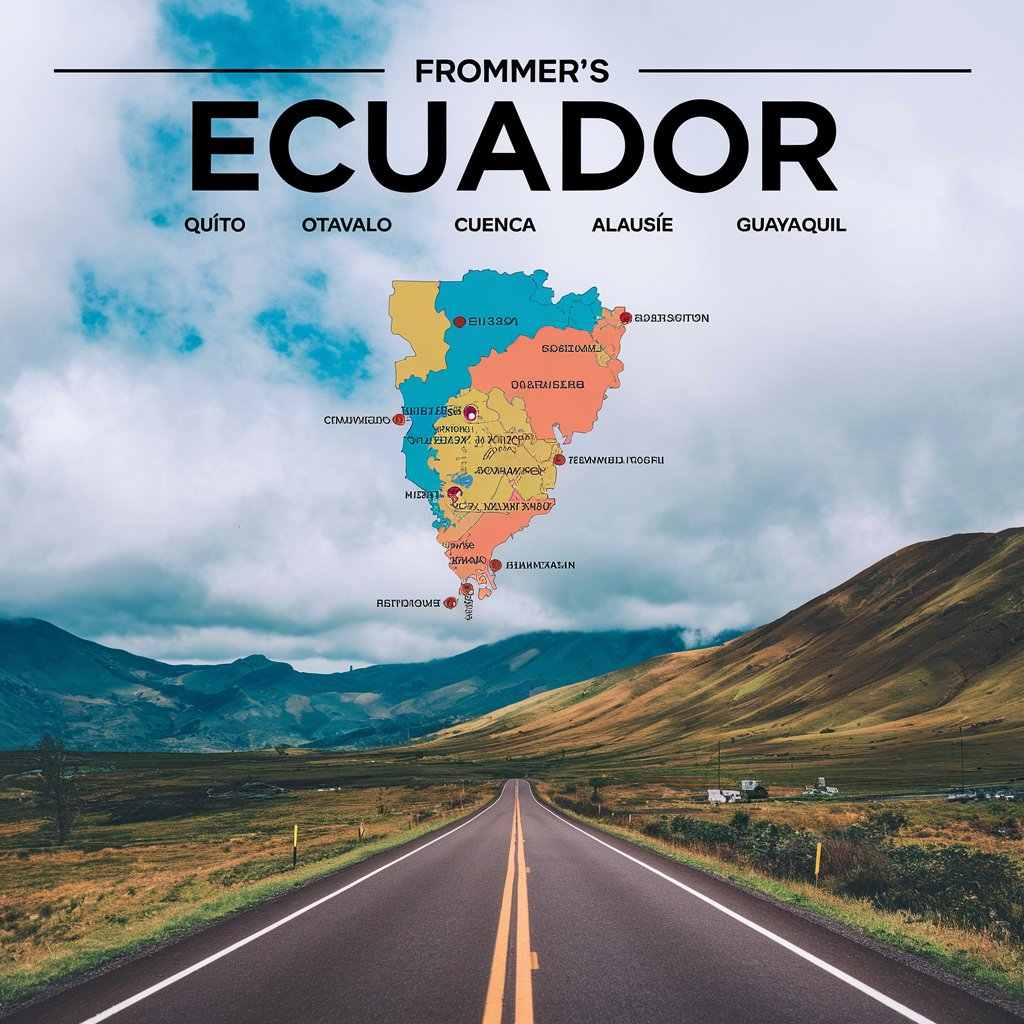







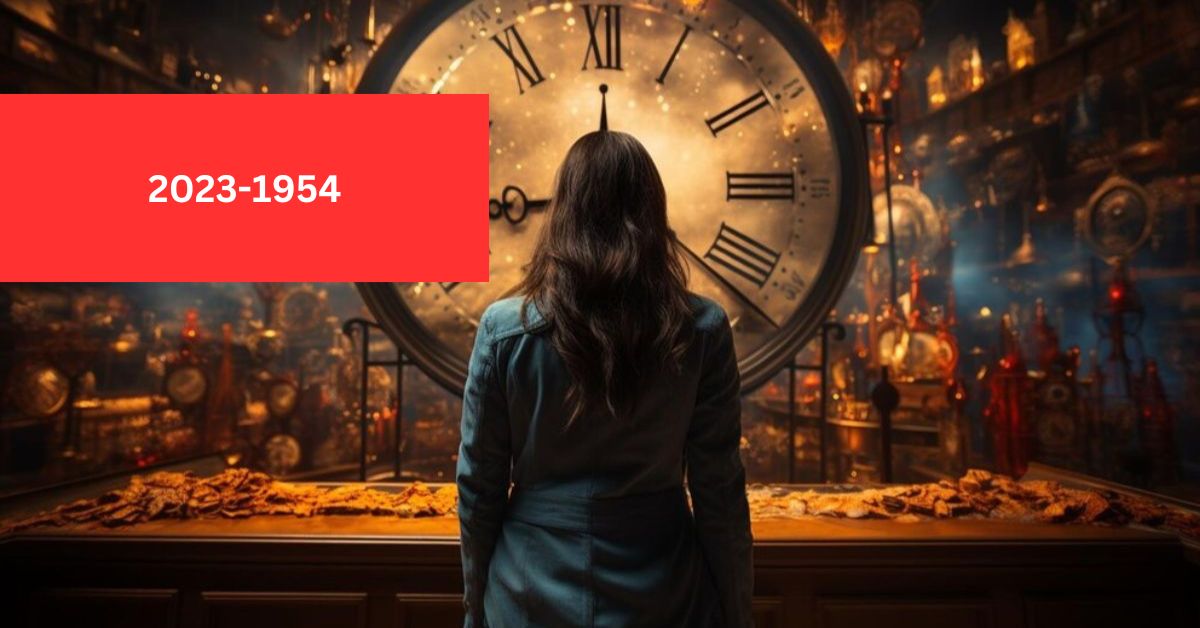
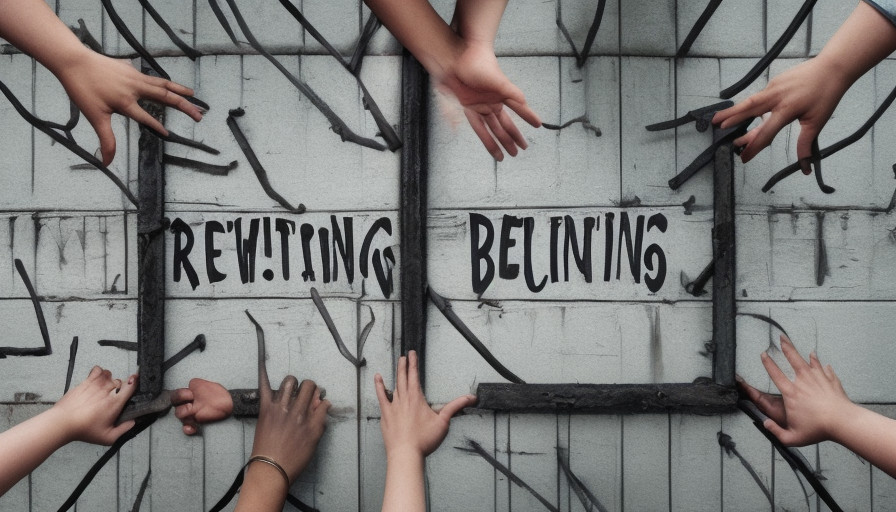

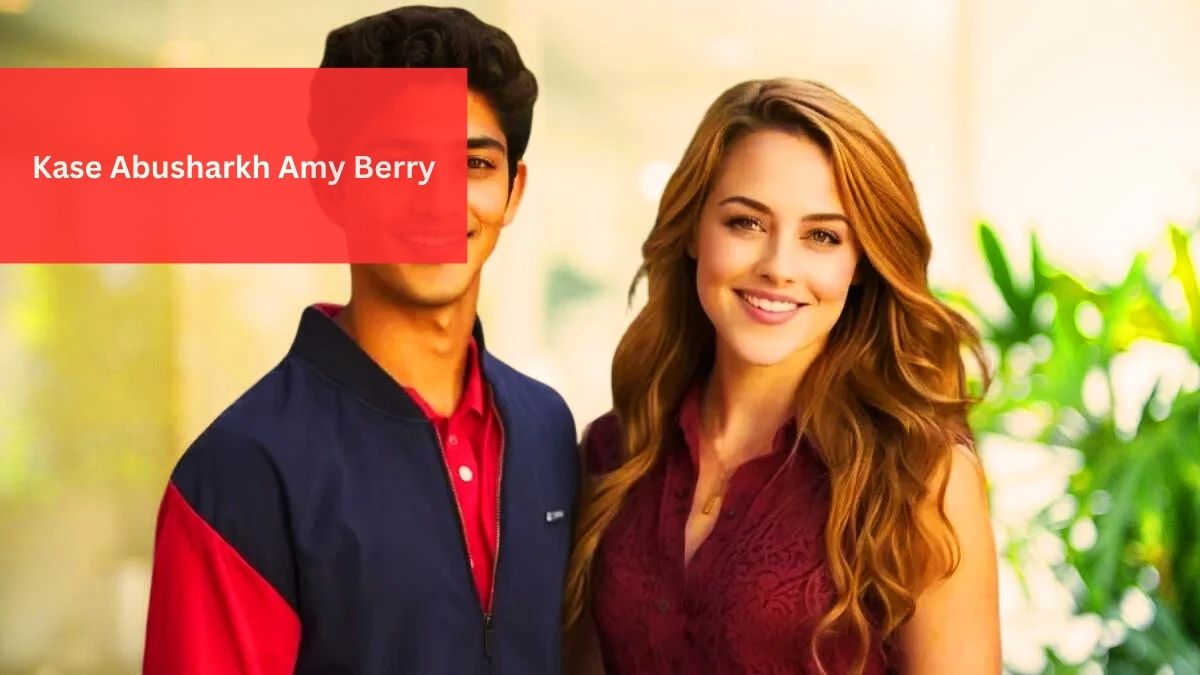












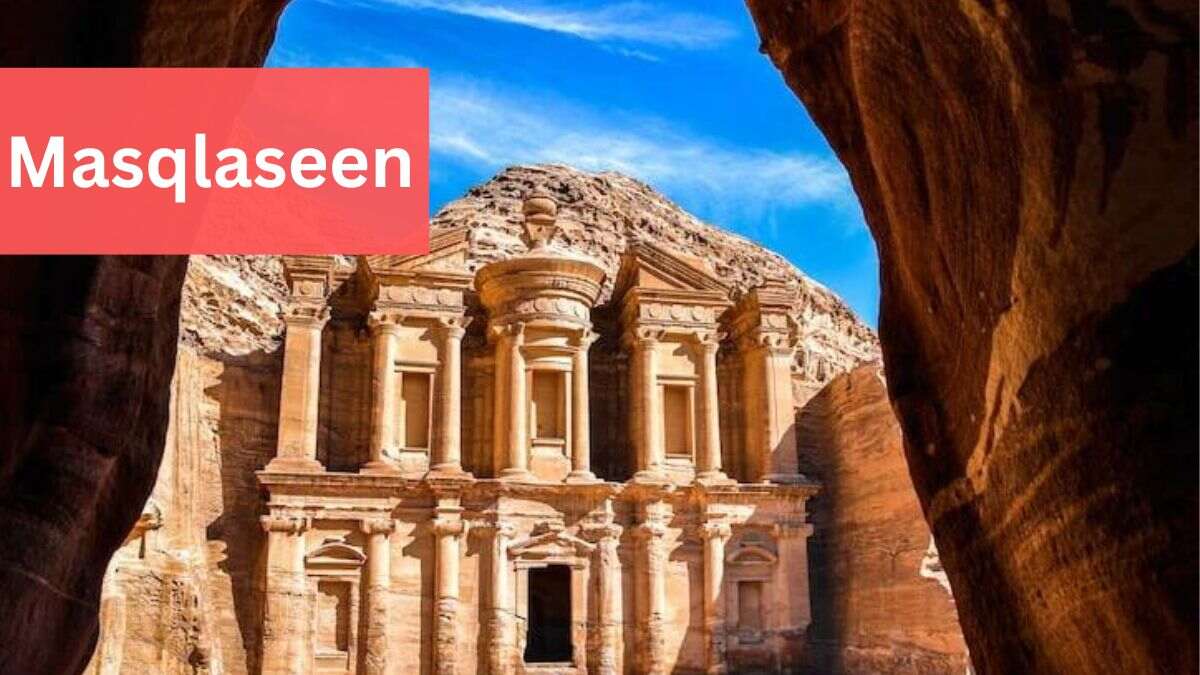




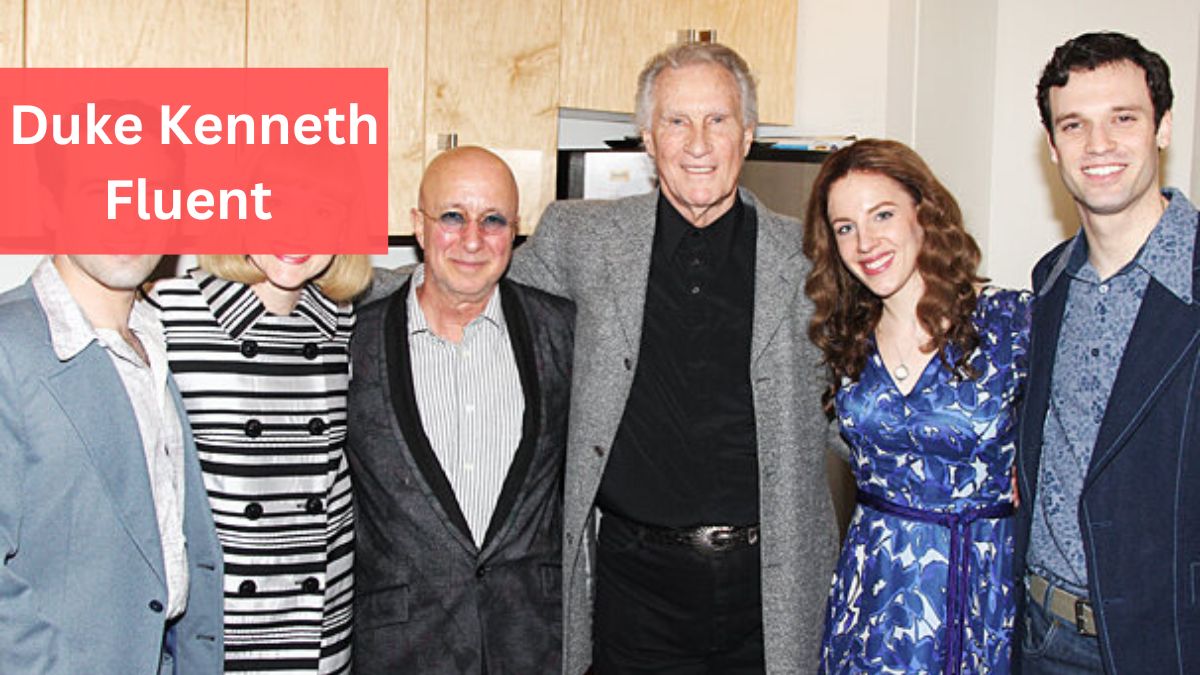




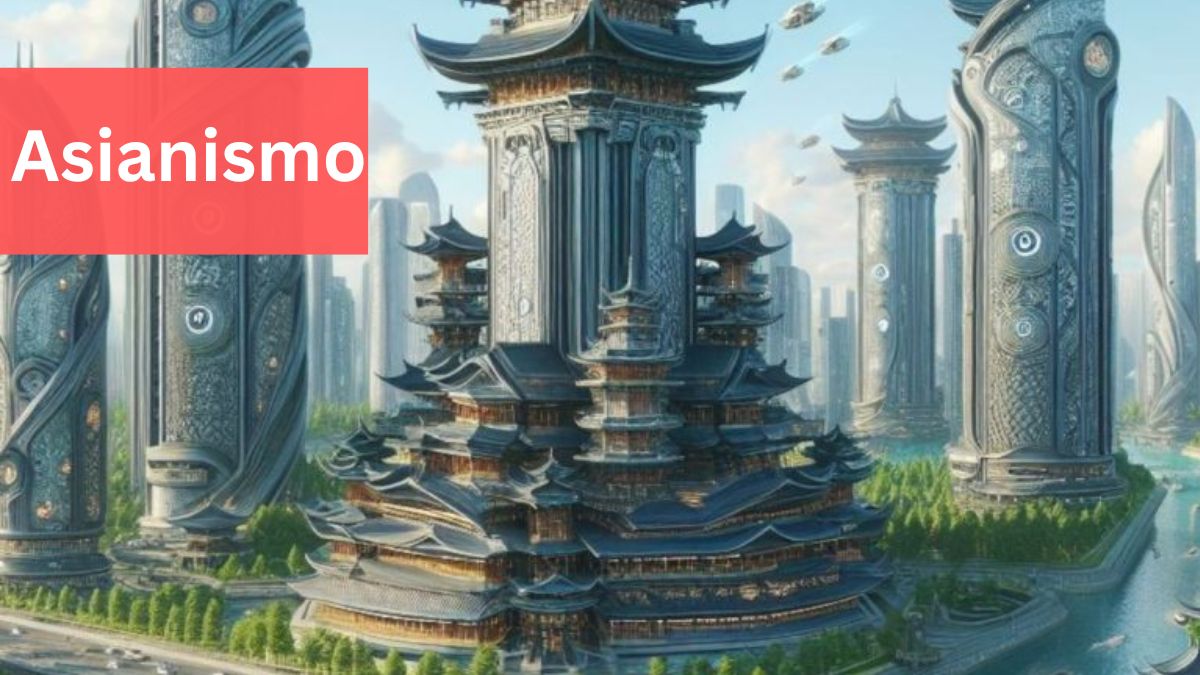



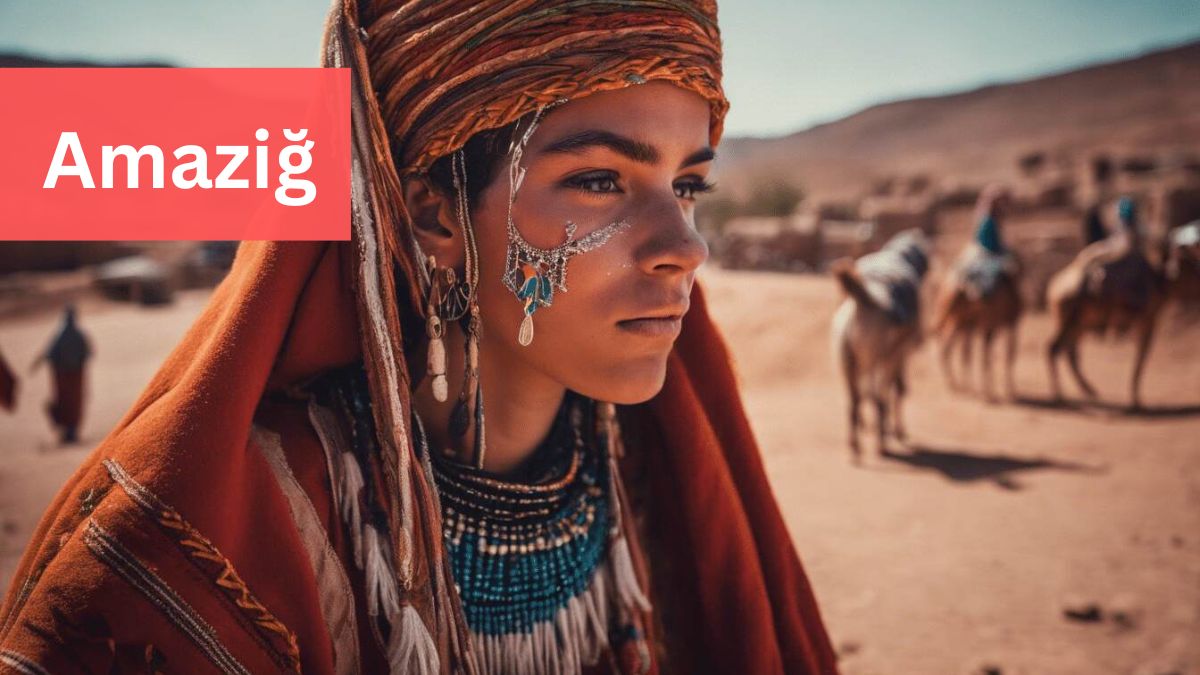


Leave a Reply